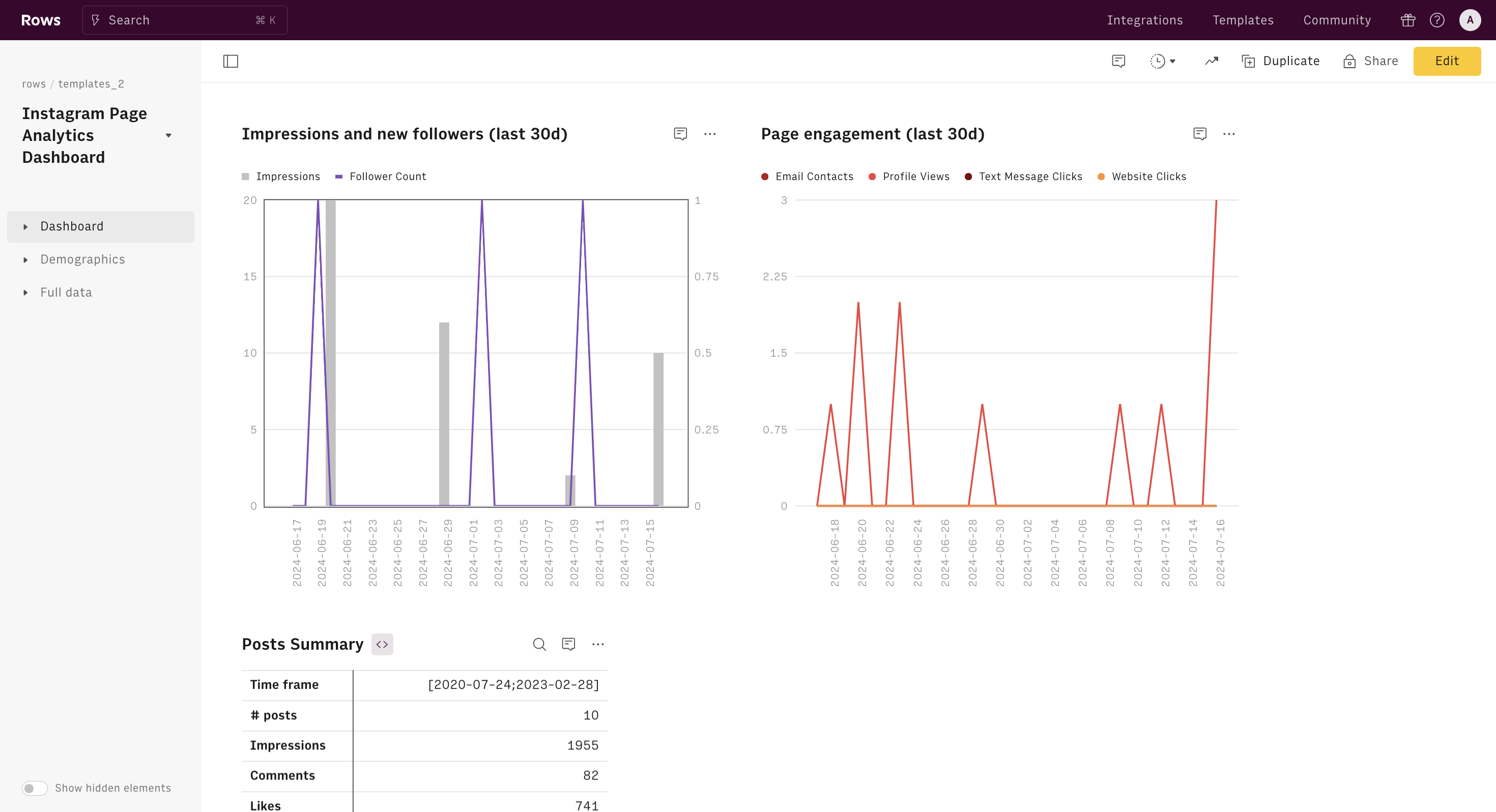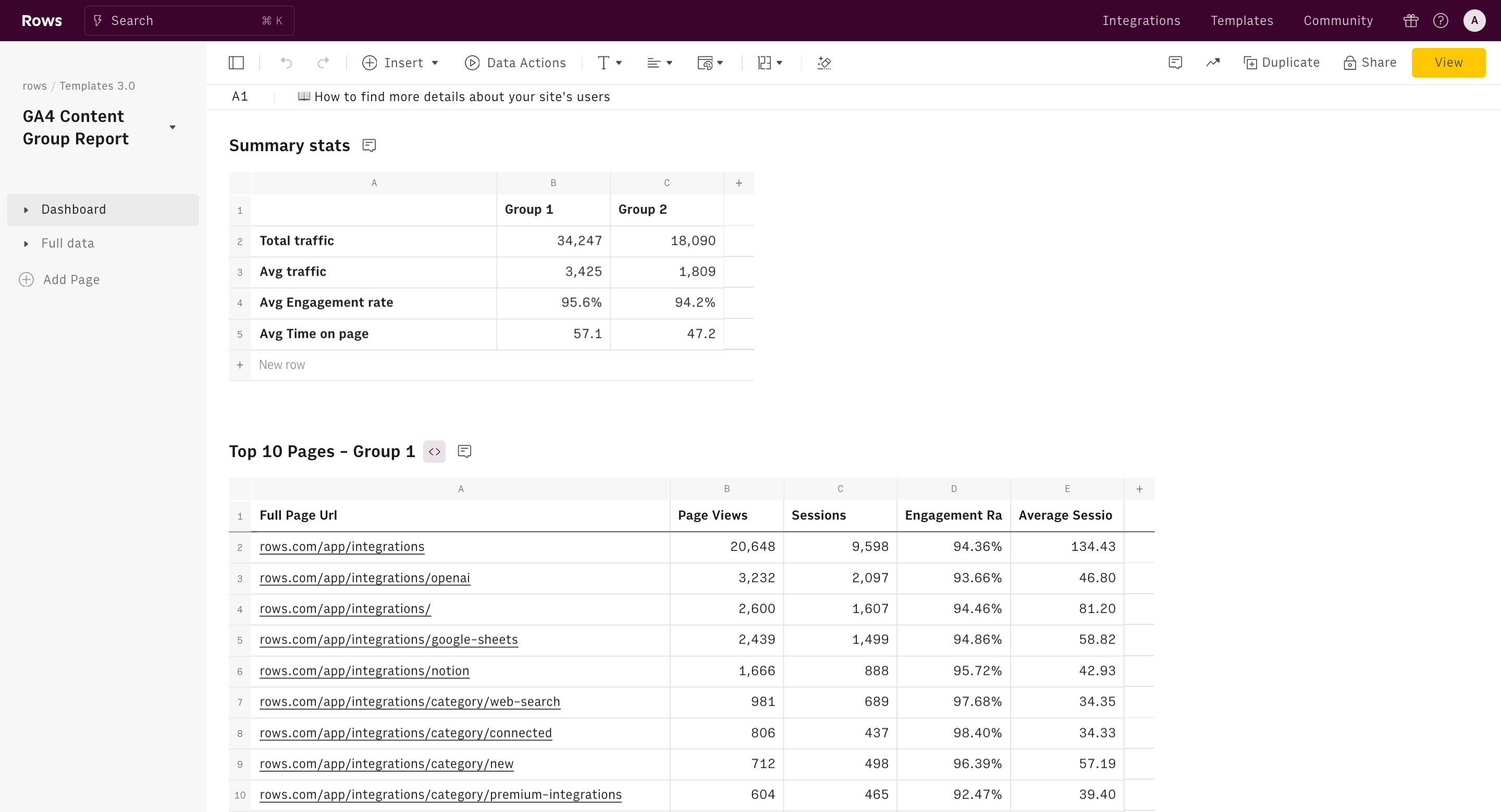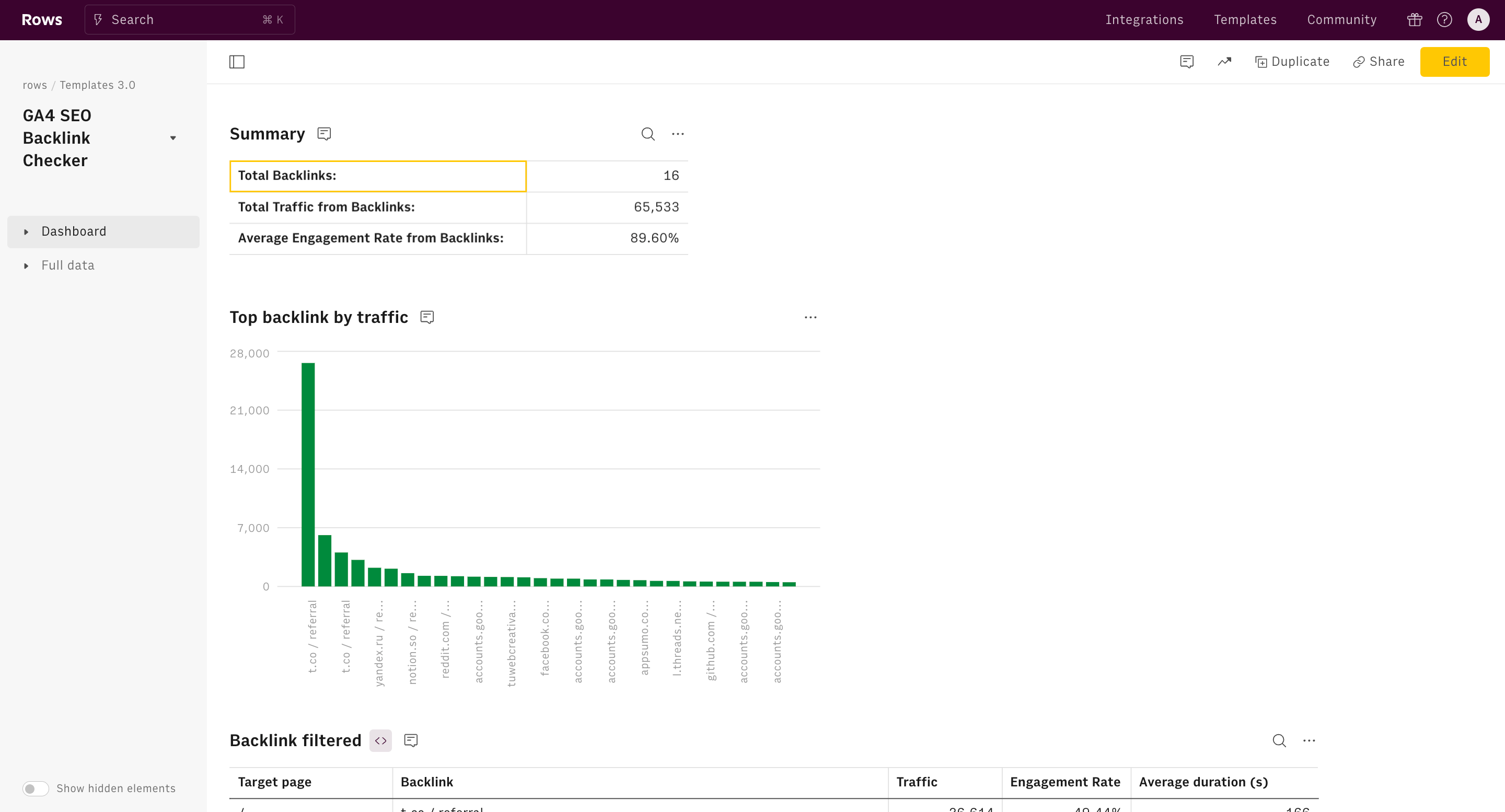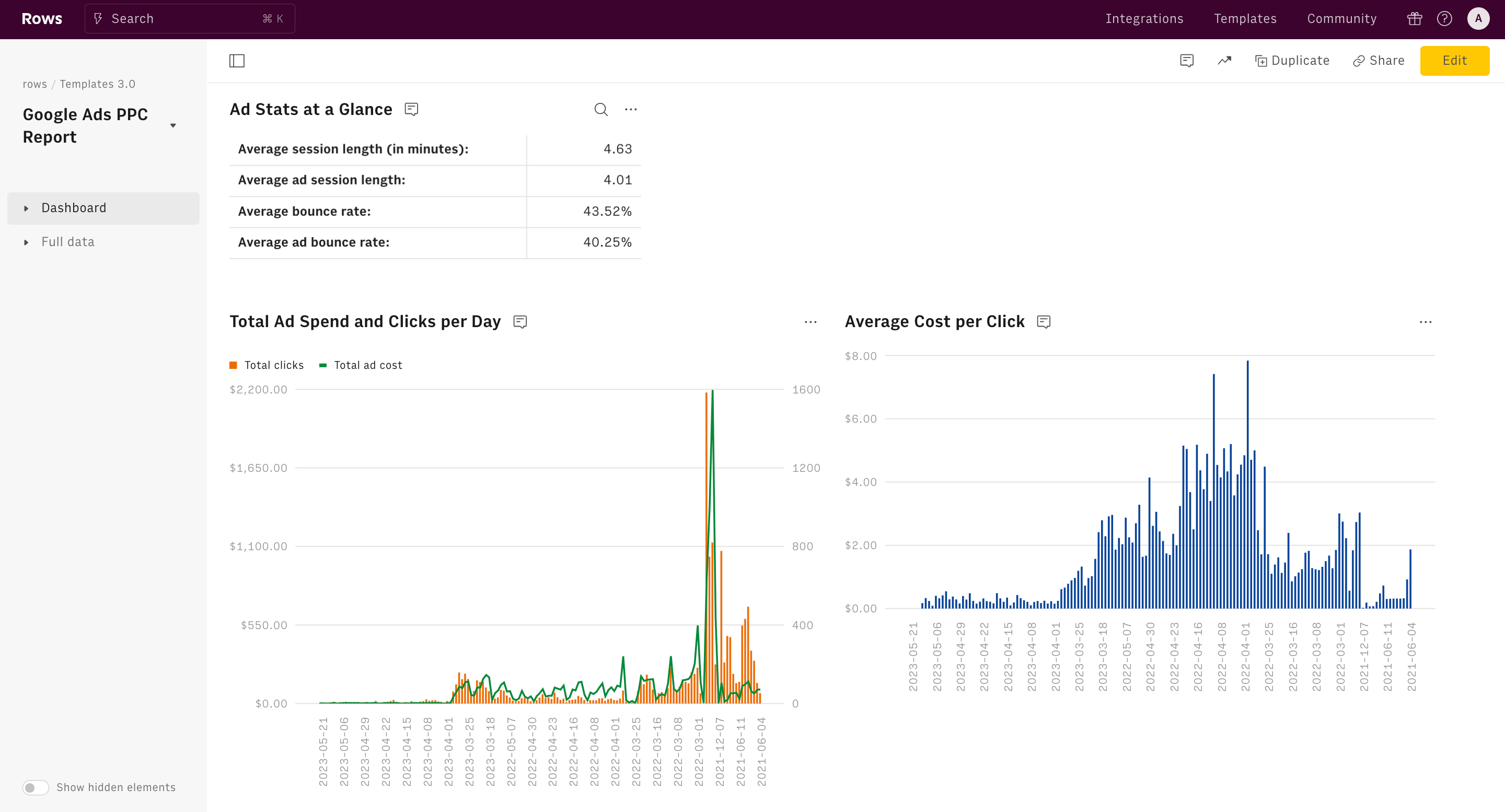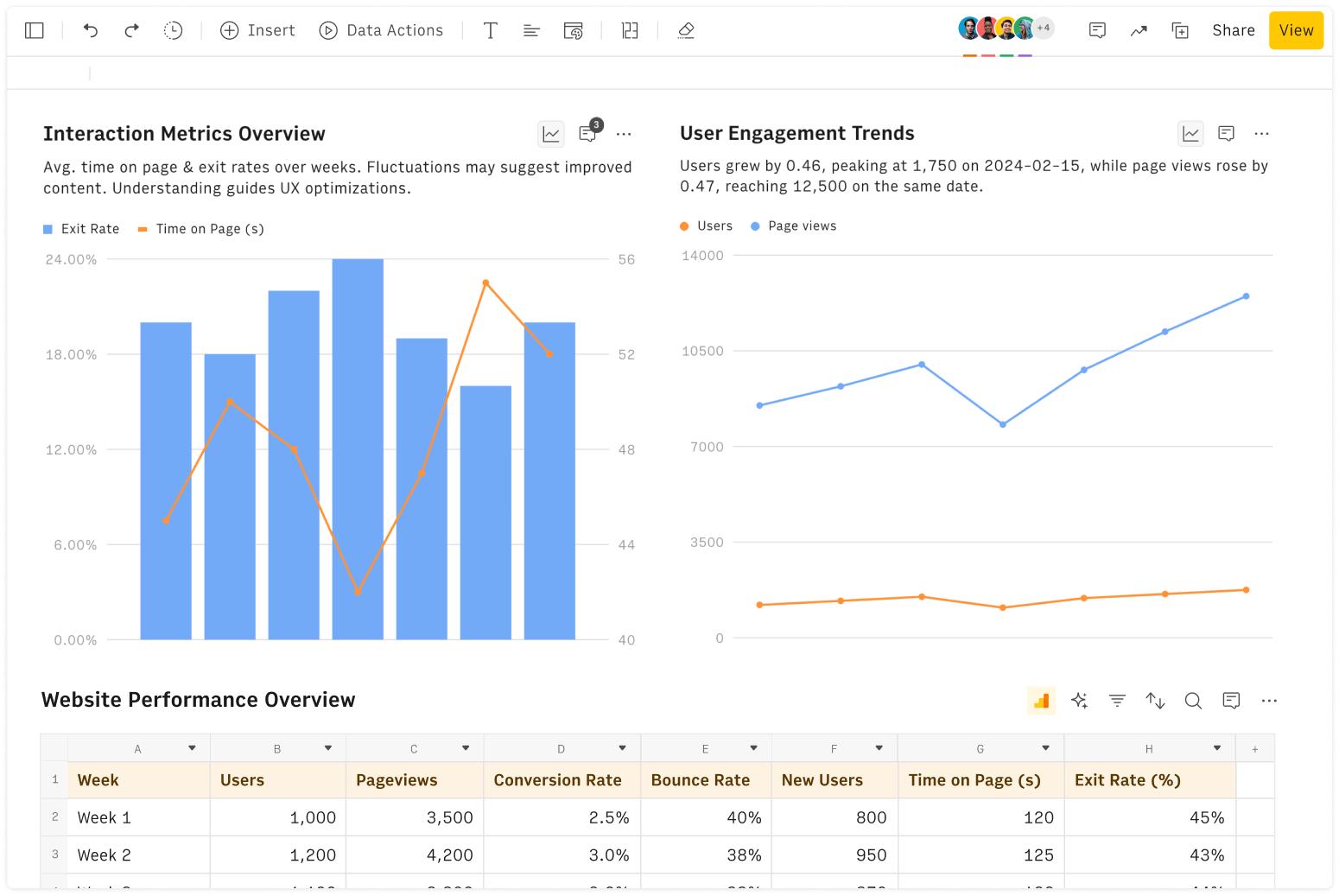How to evaluate a SaaS Business?
There are multiple techniques used to assess the value of a SaaS business. One of the most straightforward uses is market multiples, which can be approximated using a combination of annual recurring revenue (ARR) and growth rate.
The formula is straightforward but powerful:
SaaS Valuation = ARR × ARR Multiple
This method accounts for both the revenue you’re generating on a recurring basis and how quickly your business is expanding.
Market multiples for valuations in established markets are often based on comparable M&A transaction, filtered for similar-size companies in the same industry. When a market is relatively new or the variance of M&A operations is higher, as it is for the SaaS and more broadly the tech industry, basing your estimate on market comparables can be heavily biased.
That's why this calculator uses a different approach, grounded on the company's unit economics, as outlined by Bobby Pinero at Equals.
How this SaaS Valuation Calculator works
The multiples used by this calculator are based on a few assumptions on the company's unit economics, specifically the Lifetime Value to Customer Acquisition Cost (LTV/CAC) ratio, gross margin, and other operating expenses. Here's a summarized breakdown:
Unit Economics: Start with the LTV/CAC ratio, which is assumed to be 5x (indicating that the company spends 20% of the customer’s lifetime value on acquisition).
Profitability: Assume an 80% gross margin, 20% of revenue spent on R&D, and 14% on G&A. These assumptions result in approximately $30 of lifetime profit (contribution margin) for every $100 of lifetime revenue.
Valuation Based on Earnings: For a stable, no-growth business with a 30% net profit margin, we used a discounted cash flow (DCF) model with a 5-10% discount rate to derive a valuation, ending up with a P/E ratio of 10-20x, implying the business should be valued between 3x and 6x its revenue.
Impact of Growth Rates: The revenue multiple increases with the growth rate of the company. For a business maintaining a 30% contribution margin, the revenue multiples are estimated as follows:
<10% growth: ~4x revenue
10% growth: ~8x revenue
20% growth: ~11x revenue
30% growth: ~15x revenue
40% growth: ~20x revenue
50% growth: ~25x revenue
How to use this SaaS valuation calculator
Being mindful of the assumptions listed above, using our SaaS Valuation Calculator is simple and intuitive. Here’s how to get started:
Input Your ARR: Start by entering your Annual Recurring Revenue. This is the total amount of contracted revenue that a company expects to receive from its customers over the course of a year, based on current subscriptions
Enter Your Growth Rate: Next, input your current growth rate. This percentage reflects how fast your company is growing Year Over Year.
See the Benchmark ARR Multiple: Our tool calculates the benchmark ARR multiple based on your inputs and current market data, allowing you to understand how your valuation compares to industry standards.
What are the SaaS Multiples?
The SaaS multiple represents the ratio of your company’s valuation to its Annual Recurring Revenue. This multiple is influenced by various factors, including market conditions, growth prospects, and the overall health of the SaaS industry.
For example, a higher growth rate or a more established market presence typically results in a higher ARR multiple.
Besides the model used in this calculator, the most important variables that are taken into account when determining the market SaaS multiples are:
Growth Rate: A higher growth rate typically justifies a higher ARR multiple, as investors expect future revenue to increase rapidly.
Net Revenue Retention (NRR): A high NRR suggests that the company is not only retaining its customers but also upselling them, which generally leads to a higher ARR multiple.
Churn Rate: Lower churn indicates higher customer loyalty, positively influencing ARR multiples.
Gross Margin: Higher gross margins are preferable as they indicate more
of the revenue contributes to profitability, which can lead to higher ARR multiples.
Market Size and Opportunity: Companies operating in larger markets or those with significant untapped opportunities may command higher multiples due to the potential for substantial growth.
Competitive Position: Companies with a strong competitive advantage, such as proprietary technology or market leadership, can often justify higher ARR multiples.
FAQ
What is the Rule of 40 in SaaS Multiples?
The Rule of 40 is a guideline used to evaluate the balance between growth and profitability in SaaS companies. It states that the combined percentage of a company's revenue growth rate and profit margin should be at least 40%. Companies that meet or exceed this benchmark are often considered to be performing well, and they tend to command higher ARR multiples in the market. Check out our Rule of 40 Calculator!
What is the Average SaaS Multiple?
The average SaaS multiple varies depending on market conditions, growth rates, and other industry factors. Historically, SaaS companies have seen ARR multiples ranging from 6x to 15x, with higher-growth companies achieving even higher multiples. For instance, during periods of strong market performance, some SaaS companies may see multiples as high as 20x or more.
What is the Valuation of a SaaS Company with $10 Million ARR?
The valuation of a SaaS company with $10 million ARR depends on the applicable ARR Multiple. For example, if the company has a growth rate that justifies an ARR Multiple of 10x, the valuation would be approximately $100 million. If the multiple is 15x, the valuation would be $150 million. The exact number of times it will be used will depend on factors such as the company's growth rate, profitability, and market conditions.
